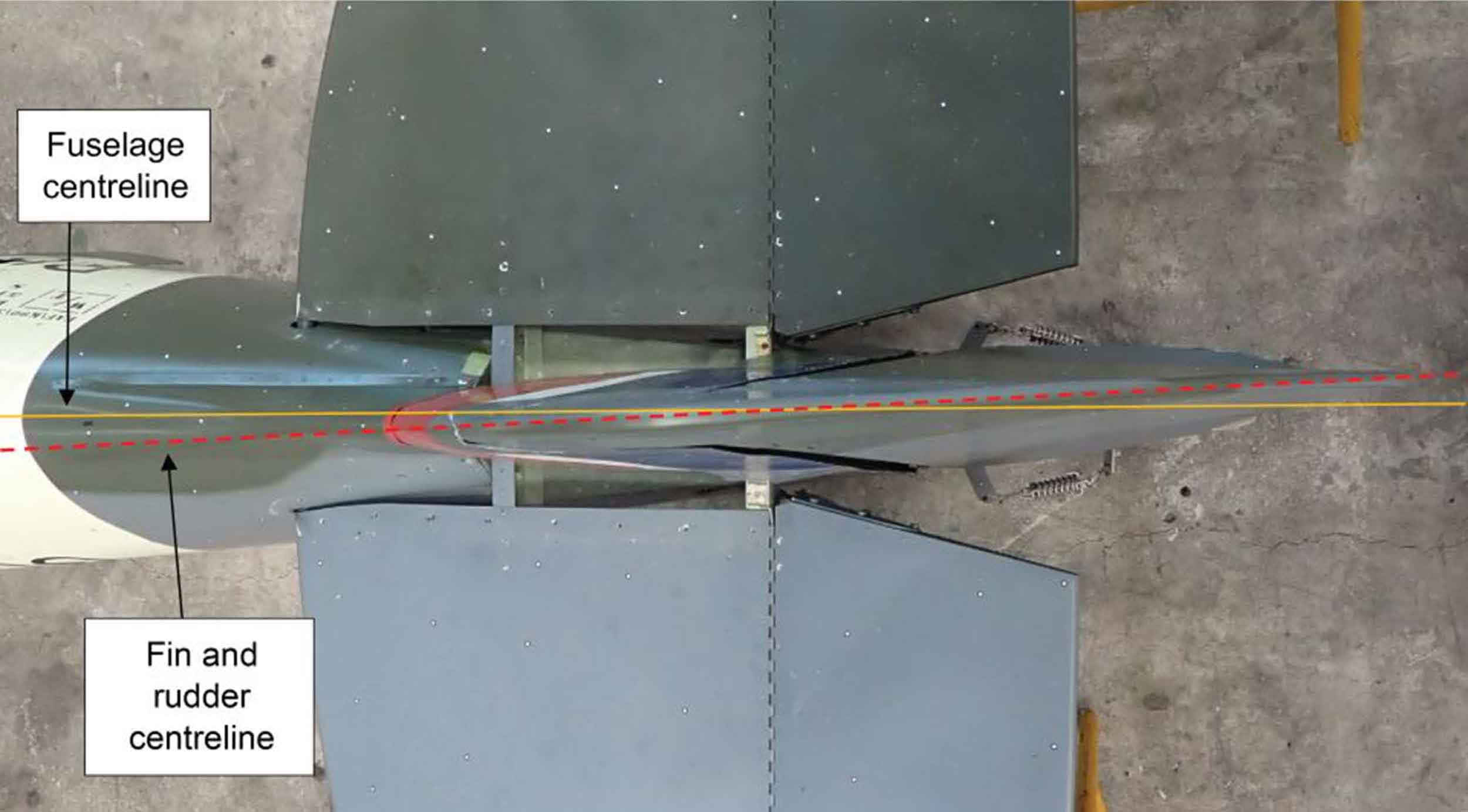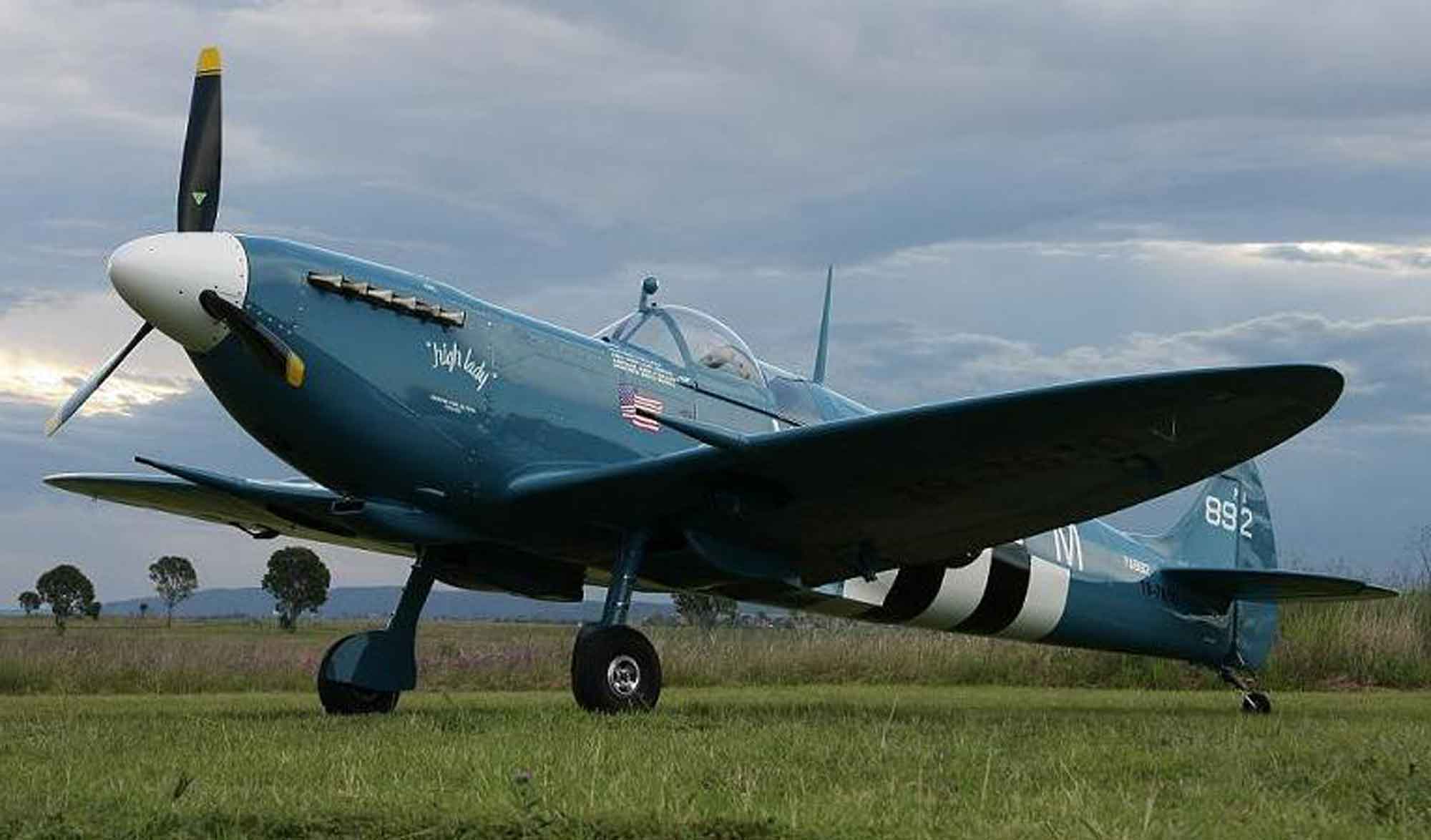The cause of the crash of a Spitfire replica aircraft which killed LAA test pilot Trevor Bailey is unclear following the just-released AAIB report into the accident.
The flight on 16 August 2023 from Enstone Airfield was to test the effects of leading edge stall strips as part of the approved test programme.
The AAIB said, “Witnesses could see the aircraft undergoing what appeared to be a series of stall manoeuvres during which the right wing was seen to drop followed by recovery to straight and level flight. After the third manoeuvre the right wing dropped and the aircraft entered a clockwise spin or rotation.
“The aircraft struck the ground in an open field near the village of Enstone in Oxfordshire. The aircraft was severely damaged in the impact and caught fire.”
Trevor Bailey, aged 68, was fatally injured.
The AAIB report identified a misaligned fin and rudder. However, while making a wing drop at the stall more likely, it did not prevent or restrict the ability of the pilot to recover from the stall nor any subsequent spin or spiral dive that might develop, said the AAIB.

The fin was incorrectly misaligned on the crash aircraft. Photo: AAIB
Trevor’s medical history included a myocardial infarction (also known as a heart attack) in 2005, aged 50 and there was significant history of heart disease.
For a Class 2 medical, he was required to undergo regular exercise tolerance tests (stress ECGs) which look for ischaemia of the heart muscle with increasing workload. Since these were all negative, his incapacitation risk was assessed as less than 1%. This means his risk of a subsequent heart problem was the same as the general population, and he was able to hold a CAA Class 2 medical.
The pathologist commented that given the signs of significant coronary disease and the previous infarction: “This could put the individual at risk of indeed [sic] sudden cardiac death potentially at any time.”
The possibility of a control restriction preventing recovery could also not be excluded due to the extensive fire damage to the aircraft.
Earlier this year, the LAA issued Mandatory Technical Directive MTD-01-2024 on 13 February 2024 applicable to all Spitfire Mk 26 and Mk26b aircraft. The MTD required geometry and symmetry checks to be carried out to ensure correct alignment of fin assembly and rigging of rudder with comprehensive illustrated instructions how to achieve the checks.
Jon Viner, Chief Technical Officer of the LAA, added, “We’ve worked closely with our colleagues at the AAIB to try and determine the cause of this sad accident – unfortunately, as you can see from the report, it’s been somewhat inconclusive.
“Following early information from the Branch, we issued a Mandatory Technical Directive for owners and builders of the type to check the alignment of their fins and we’re glad to say that no further issues were found in the UK fleet.
“We will also be up-issuing our guidance to builders and inspectors to explicitly check for alignment at the completion of an aircraft build.”
Full AAIB report
Spitfire Mk 26B kitplane

Supermarine Spitfire Mk26B. Photo: Supermarine
Supermarine Aircraft introduced a series of scale replica Spitfires identified by their Mark (Mk). The Mk 25 was a 75% scale single seat aircraft. The Mk 26 was a 80% scale replica twin seat and the Mk 26B was a 90% scale replica twin seat.
The aircraft structure is assembled by riveting aluminium alloy skins onto pre-formed frames, ribs and longerons. The wing form and empennage, other than overall dimensions, mirror the original Spitfire types.














